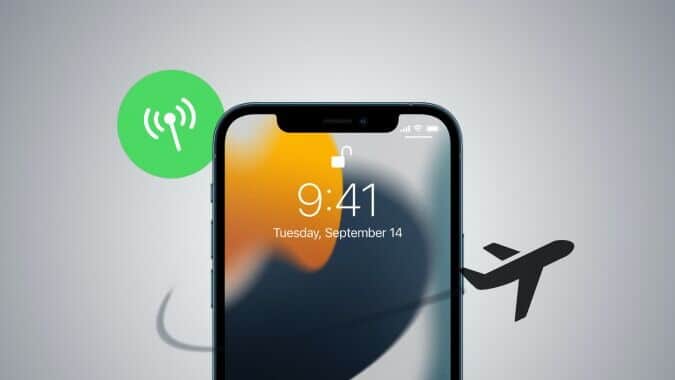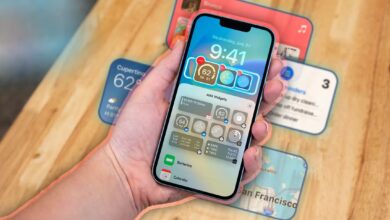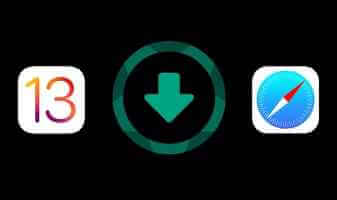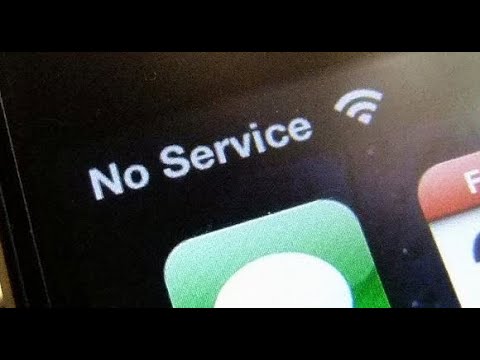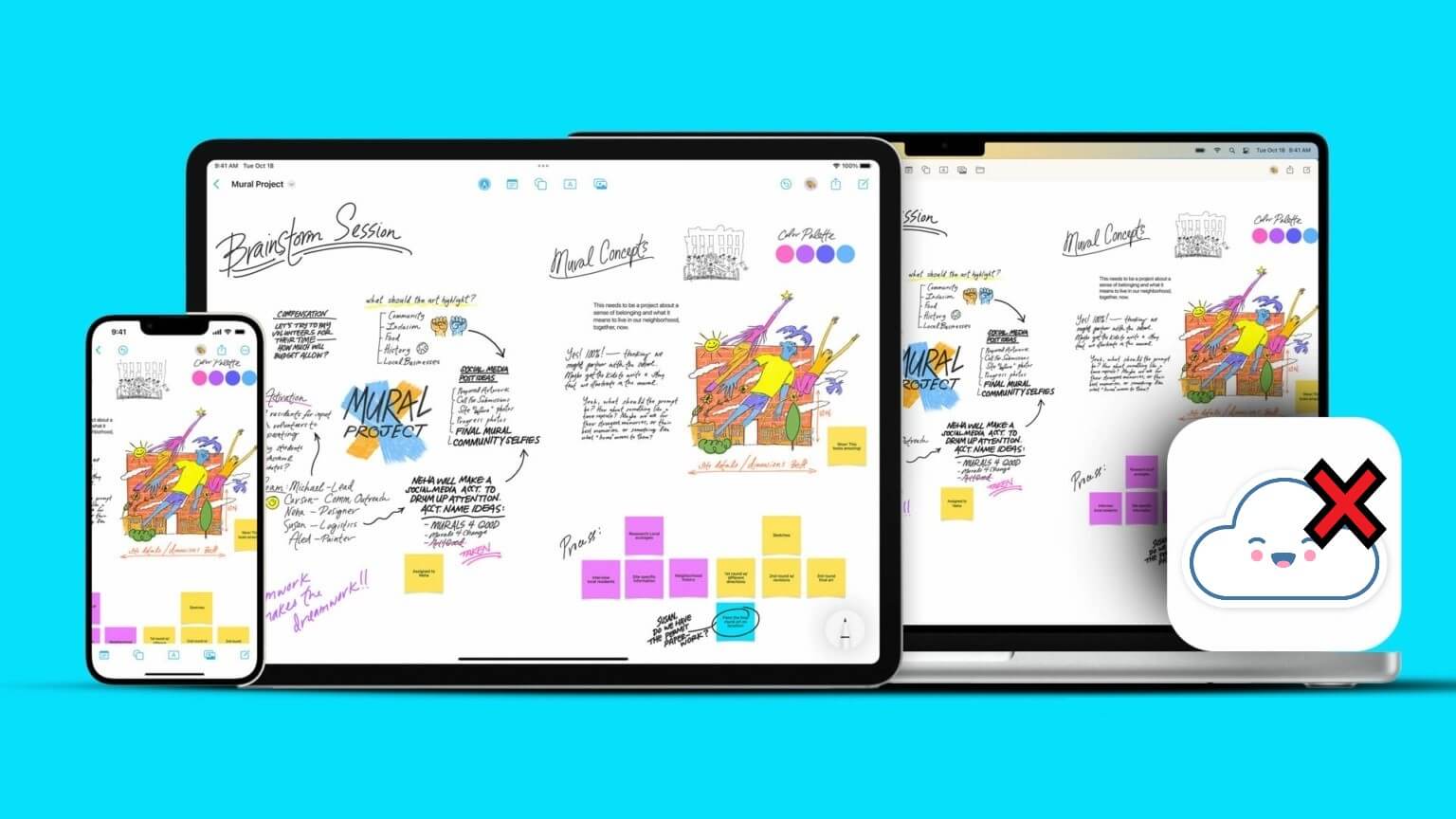Like many battery-powered devices, even an iPhone battery eventually reaches the end of its lifespan. Fortunately, iOS software has enough indicators and options to monitor and maintain the health of your iPhone battery. This means your iPhone's battery life won't be the same as it was on day one. A battery's ability to hold a charge is commonly referred to as Battery caseApple added the ability to view your iPhone's battery health with the iOS 11.3 update. Also, battery drain can impact your iPhone's performance. Users now have a toggle to choose between better performance or better battery life once the battery health drops below a certain level. While declining battery health is inevitable, you can certainly reduce the rate at which the battery loses its charge capacity. Here are some ways to maintain the health of your iPhone battery and extend its lifespan.
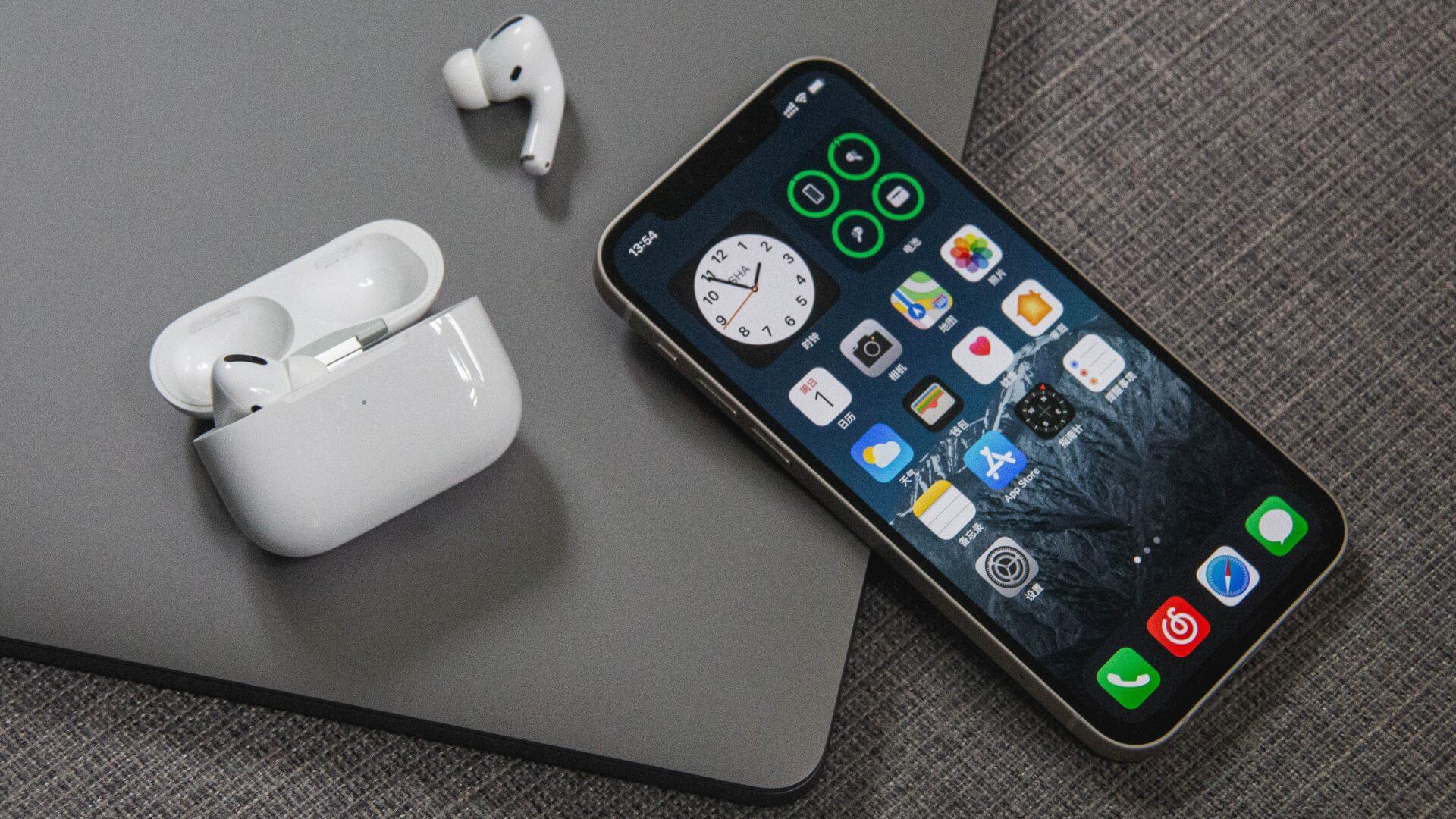
What is battery health?
Battery health is a factor used to determine the maximum charge holding capacity relative to when it was new. When a battery is brand new, its maximum capacity is 100%. Over time, this value decreases. For example, your iPhone battery may only be able to hold 90% of its charge after a year of use. This means your iPhone's battery capacity is at its maximum.

The higher the maximum capacity, the better the endurance you can expect. That's why a brand-new iPhone lasts longer than an older one. Maintaining the health of your iPhone battery is crucial to ensuring it lasts longer. A healthy battery means good performance and longevity.
How to check iPhone battery health
You can check your iPhone's battery health by following a few simple steps. Note that your iPhone must be running iOS 11.3 or later for the battery health to be visible.
Step 1: Open an app "Settings" On your iPhone, go to the section "Battery".
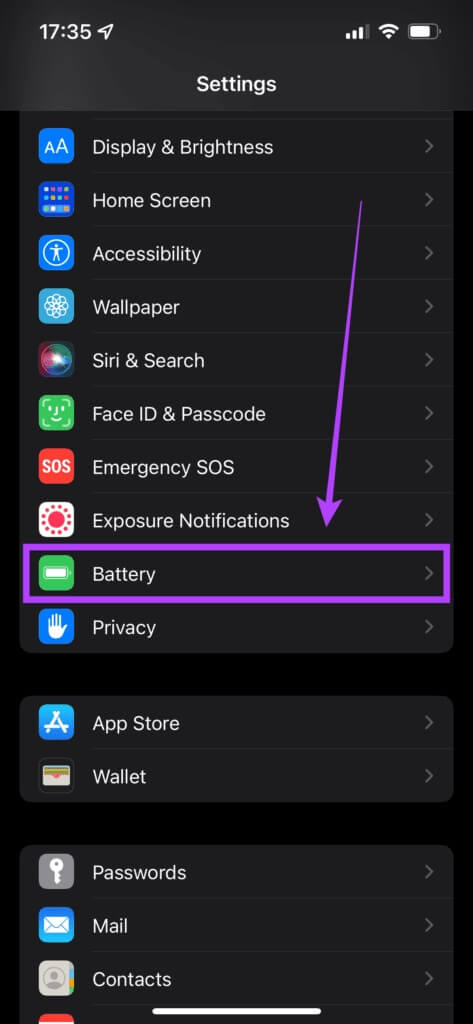
Step 2: Click on “Battery Health”You will see your battery's maximum capacity listed.


How to maintain iPhone battery health
You can maintain the health of your iPhone's battery by following a few simple steps. These tips should be useful regardless of whether you purchased a new iPhone with a 100% battery or are using an older device with a lower capacity.
1. Enable optimal charging
This nifty little feature is available on all iPhones running iOS 13 or later. It optimizes your device's charging pattern based on your usage habits. It learns your battery charging habits over time and then decides when you might need to charge your iPhone quickly and when it can charge at a slower rate.
For example, if you charge your phone overnight, the charging speed will be slower because the battery has plenty of time to recharge. However, if you plug your phone in during the day, it will charge faster. Here's how to enable it.
Step 1: Open an app "Settings" On your iPhone, go to the section "Battery".

Step 2: Click on “Battery Health”.

Step 3: Enable option “Enhanced battery charging”.

2. Use MFI-certified cables and adapters.
It's always recommended to use the original Apple accessories that shipped with your phone. However, since Apple has stopped including a charger with the iPhone, you'll need to purchase a separate charger. You can get an official Apple charging adapter or choose an Apple-certified iPhone charger or wall adapter. MFI (Made for iPhone).
An unauthorized aftermarket cable or charger can damage your iPhone battery. It's also recommended to charge your iPhone wired instead of wirelessly.
3. Keep it away from direct heat sources.
Heat is one of the biggest enemies of any battery. Avoid exposing your iPhone to extreme heat. You can do this by not leaving your iPhone on your car's dashboard while driving in the sun. Try not to perform demanding tasks like gaming while out in the sun. The sun's heat, along with the excess heat generated by the CPU and screen at maximum brightness, will affect the battery.
4. Do not perform heavy tasks while charging.
Avoid using your iPhone while it's charging. Let it charge peacefully and don't place any load on its hardware. Performing resource-intensive tasks, such as gaming, while your iPhone is charging will generate more heat. Excessive heat can also damage the battery over time.

5. Use a smart plug to regulate charging.
If you're someone who charges their phone overnight, getting a smart plug can help you better regulate your iPhone's charging. You can set a timer with the plug so it stays on for only a few hours. Although the iPhone comes with overcharging protection and many other safety mechanisms, it's a good idea to regulate your charging process.
You can set the plug to automatically turn on at 5 a.m. and turn off at 7 a.m. every day. This way, your iPhone will have a 100% charge by the time you wake up in the morning.
6. Do not drain the battery completely.
It's never a good idea to completely drain your iPhone battery to zero. Batteries are under more stress when charging from a completely empty state. This will affect the battery's longevity in the long run. Try to connect the charger when your phone is below the 10% mark, and don't wait until it's completely shut down.
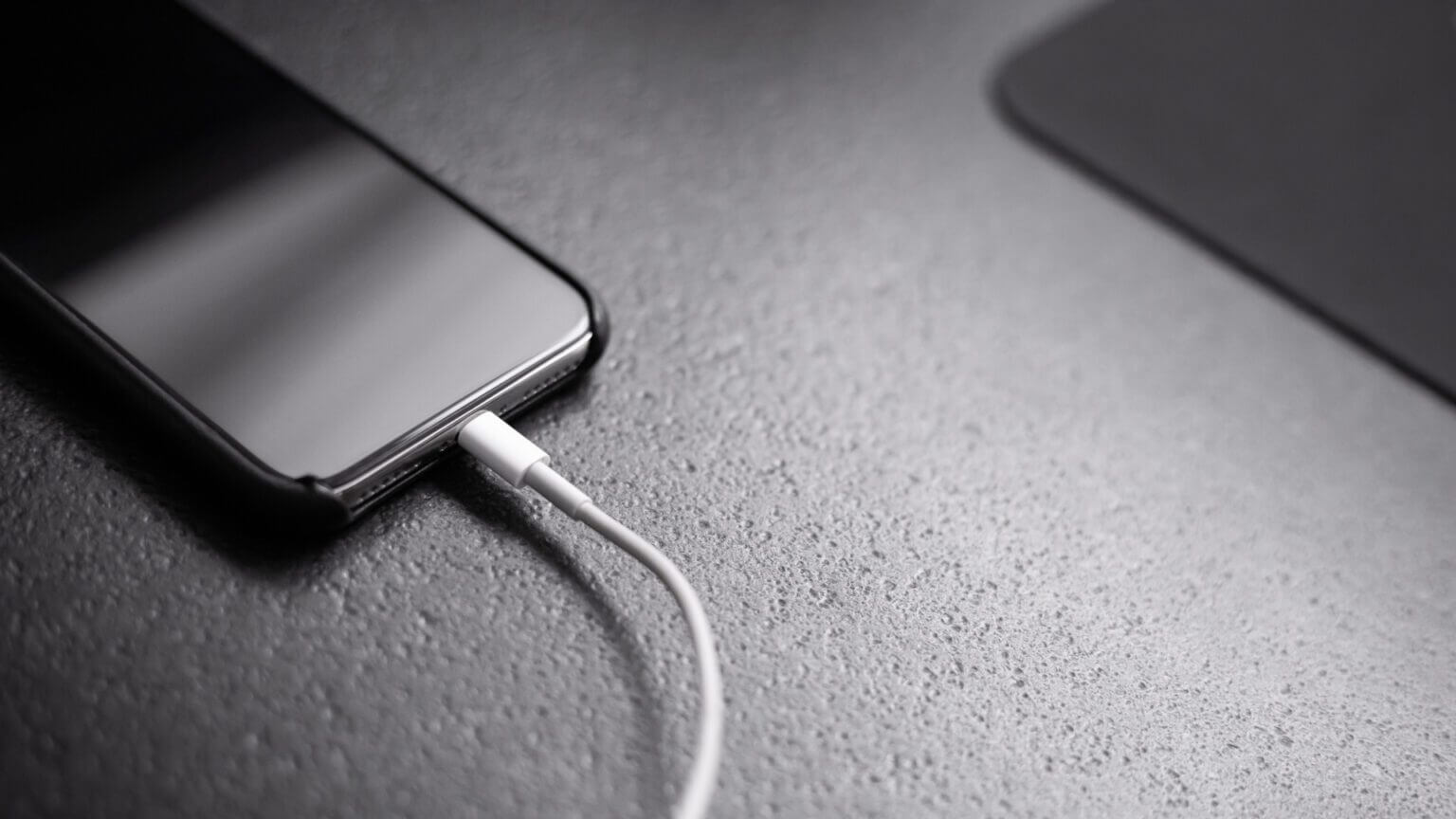
Extend your iPhone's battery life
The simple suggestions above will ensure your iPhone battery lasts longer and maintains its maximum capacity. You can't stop battery health from depleting, but you can slow it down to a certain extent.



